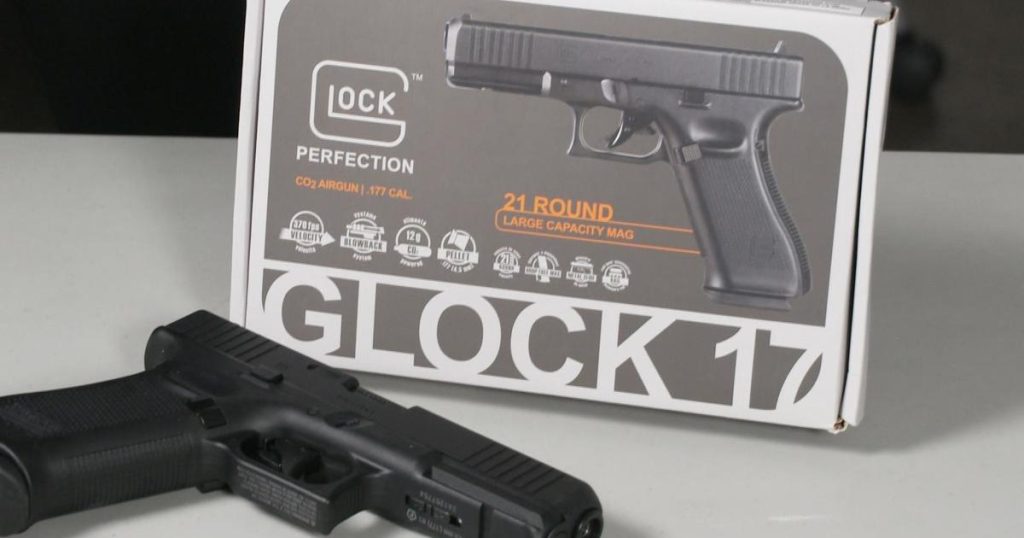The issue of replica guns that closely resemble real firearms poses a significant risk as incidents involving these guns have resulted in injuries and fatalities. These guns, such as BB and pellet guns, are not required to have clear indicators that differentiate them from real guns, making it difficult for law enforcement officers to distinguish them in high-pressure situations. The lack of federal regulations and loopholes in existing laws allow manufacturers to create highly realistic replica guns without any markings that indicate they are non-lethal. This similarity to real firearms has led to tragic outcomes, with numerous people, including minors, being shot and killed by police while in possession of replica guns.
Manufacturers like Umarex USA have capitalized on the loophole in federal law, creating replica guns that are almost identical to real firearms. The realistic appearance and weight of these guns make them indistinguishable from lethal firearms, leading to deadly encounters with law enforcement. Incidents of police using deadly force against individuals holding replica guns highlight the urgent need for updated regulations to prevent confusion and potential tragedies. The inability to differentiate between replica guns and real firearms has resulted in fatal outcomes, raising concerns among law enforcement officers, lawmakers, and activists.
The consequences of the widespread availability of replica guns are evident in the recent incidents where individuals, including minors, have been killed by police while in possession of these guns. The use of deadly force against individuals holding replica guns underscores the challenges faced by law enforcement in identifying the threat posed by these realistic-looking firearms. Efforts to address this issue at the state level have led to regulations prohibiting the sale and possession of non-powder guns in certain jurisdictions, but there remains a lack of consistent federal laws to effectively address the problem.
While some lawmakers have attempted to introduce legislation to restrict the manufacture and sale of toy handguns resembling real firearms, the efforts have faced challenges and opposition from industry groups. The lack of federal action on regulating replica guns, such as requiring distinct markings or translucent materials, has allowed manufacturers to continue producing realistic replicas that pose a risk to public safety. The continued availability of replica guns without clear indicators of their non-lethal nature underscores the need for comprehensive regulations to prevent further injuries and fatalities.
The marketing of replica guns to children and adolescents has further raised concerns about the accessibility of these realistic firearms to vulnerable populations. The industry’s focus on attracting young consumers to BB and pellet guns as a stepping stone to real firearms highlights the need for stricter controls on the sale and marketing of these products. Efforts to restrict online sales of replica guns have shown mixed results, with some platforms enforcing regulations while others allowing access to these potentially dangerous items. The patchwork of regulations at the state level highlights the challenges in establishing cohesive guidelines to address the risks associated with replica guns.
Calls for stronger federal regulations on replica guns, such as requiring distinct markings or neon colors, have been met with resistance from industry groups and lawmakers. The lack of updated laws and oversight on non-powder guns, like BB and pellet guns, has left a regulatory gap that allows for the proliferation of realistic replicas posing a threat to public safety. Efforts to hold manufacturers accountable for the production and marketing of replica guns have been limited, highlighting the need for comprehensive reforms to prevent further tragedies caused by the confusion between replica guns and real firearms.















